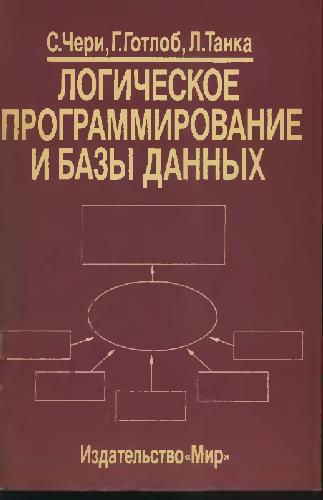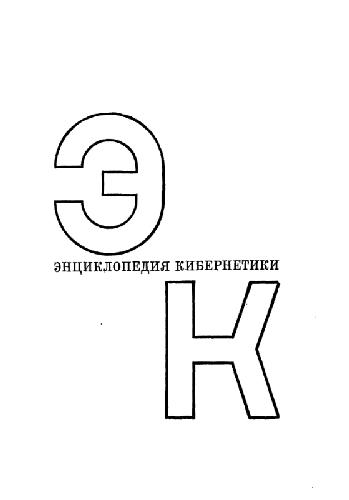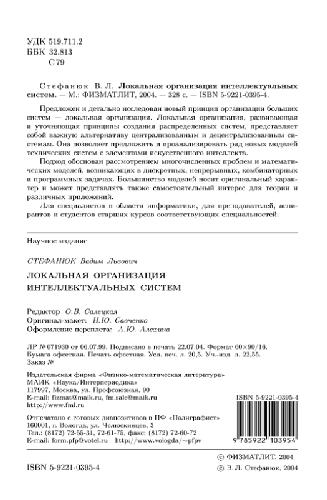Ian McLoughlin0521519543, 9780521519540
Table of contents :
Cover……Page 1
Half-title……Page 3
Title……Page 5
Copyright……Page 6
Contents……Page 7
Preface……Page 9
Acknowledgements……Page 12
1.1 Digital audio……Page 13
1.2 Capturing and converting sound……Page 14
1.3 Sampling……Page 15
1.4 Summary……Page 17
Bibliography……Page 18
2.1 Handling audio in MATLAB……Page 19
2.1.1 Recording sound……Page 20
2.1.2 Storing and replaying sound……Page 21
2.1.3 Audio file handling……Page 22
2.1.4 Audio conversion problems……Page 24
2.2 Normalisation……Page 25
2.3 Audio processing……Page 27
2.4.1 Overlap……Page 30
2.4.2 Windowing……Page 31
2.4.3 Continuous filtering……Page 33
2.5.1 Signal stationarity……Page 36
2.6 Visualisation……Page 37
2.6.1 A brief note on axes……Page 38
2.6.2.1 Correlogram……Page 39
2.6.2.2 Cepstrum……Page 41
2.7.2 White noise generation……Page 42
2.7.4 Mixing sounds……Page 43
2.8 Summary……Page 46
Signal Processing……Page 47
Audio……Page 48
3.1 Speech production……Page 50
3.2.1 Speech classification……Page 53
3.2.2 Amplitude distribution of speech……Page 54
3.2.3 Types of speech……Page 55
3.2.4 Frequency distribution……Page 57
3.2.5 Temporal distribution……Page 58
3.3.1 Intelligibility and quality……Page 59
3.3.2 Measurement of speech quality……Page 60
3.3.3 Measurement of speech intelligibility……Page 63
3.3.4 Contextual information, redundancy and vocabulary size……Page 64
3.4 Summary……Page 66
Bibliography……Page 68
4.1 Physical processes……Page 71
4.2 Psychoacoustics……Page 72
4.2.1 Equal loudness contours……Page 73
4.2.5 Temporal integration……Page 75
4.2.8 Masking……Page 76
4.2.10 Non-simultaneous masking……Page 78
4.2.12 Pitch of complex tones……Page 79
4.2.13 Binaural masking……Page 81
4.2.15 The precedence effect……Page 82
4.2.16 Speech perception……Page 83
4.3.2 The Bark scale……Page 84
4.4.2 Sound strengthening……Page 86
4.4.6 Binaural masking……Page 87
4.5 Auditory scene analysis……Page 88
4.5.1 Proximity……Page 89
4.5.2 Closure……Page 90
4.5.3 Common fate……Page 93
4.5.4 Good continuation……Page 95
4.6 Summary……Page 97
Bibliography……Page 98
5 Speech communications……Page 101
5.1.1 Pulse coded modulation……Page 102
5.1.2 Delta modulation……Page 103
5.1.4 ADPCM……Page 104
5.1.5 SB-ADPCM……Page 106
5.2 Parameterisation……Page 107
5.2.1 Linear prediction……Page 109
5.2.1.1 The LPC filter……Page 110
5.2.1.2 LPC stability issues……Page 113
5.2.1.3 Pre-emphasis of the speech signal……Page 114
5.2.2 Reflection coefficients……Page 115
5.2.3 Converting between reflection coefficients and LPCs……Page 117
5.2.4 Line spectral pairs……Page 118
5.2.4.1 Derivation of LSPs……Page 119
5.2.4.2 Generation of LPC coefficients from LSPs……Page 121
5.2.4.3 Visualisation of line spectral pairs……Page 123
5.2.5 Quantisation issues……Page 124
5.3 Pitch models……Page 129
5.3.1 Regular pulse excitation……Page 130
5.3.2 LTP pitch extraction……Page 131
5.3.2.1 Pitch extraction……Page 132
5.4 Analysis-by-synthesis……Page 134
5.4.1 Basic CELP……Page 135
5.4.1.1 CELP codebooks……Page 138
5.4.2 Algebraic CELP……Page 139
5.4.4 Forward–backward CELP……Page 140
5.5 Summary……Page 142
Bibliography……Page 144
6 Audio analysis……Page 147
6.1.1 Zero-crossing rate……Page 148
6.1.2 Frame power……Page 150
6.1.3 Average magnitude difference function……Page 151
6.1.4 Spectral measures……Page 152
6.1.5 Cepstral analysis……Page 154
6.1.6 LSP-based measures……Page 156
6.1.6.1 Instantaneous LSP analysis……Page 157
6.1.6.2 Time-evolved LSP analysis……Page 159
6.2 Speech analysis and classification……Page 160
6.2.2 Joint time-frequency distribution……Page 161
6.3.1 Analysis of music……Page 163
6.3.2 Analysis of animal noises……Page 166
6.4 Higher order statistics……Page 167
6.5 Summary……Page 169
Bibliography……Page 170
7.1 Psychoacoustic modelling……Page 172
7.1.2 Critical band warping……Page 175
7.1.4 Equal-loudness pre-emphasis……Page 176
7.1.6 Masking effect of speech……Page 178
7.1.7 Other critical-band spreading functions……Page 179
7.2 Perceptual weighting……Page 180
7.3 Speaker classification……Page 181
7.4 Language classification……Page 184
7.5.2 Speech recognition performance……Page 186
7.5.3 Practical speech recognition……Page 189
7.5.4 Some basic difficulties……Page 191
7.6.1 Voice playback systems……Page 192
7.6.3 Linguistic transcription systems……Page 193
7.6.4 Practical speech synthesis……Page 195
7.7 Stereo encoding……Page 196
7.7.2 Stereo placement……Page 197
7.7.3 Stereo encoding……Page 199
7.8 Formant strengthening and steering……Page 201
7.8.1 Perceptual formant steering……Page 203
7.8.2 Processing complexity……Page 204
7.9 Voice and pitch changer……Page 205
7.9.1 PSOLA……Page 206
7.9.2 LSP-based method……Page 208
7.10 Summary……Page 210
Bibliography……Page 211
References……Page 212
Index……Page 214







Reviews
There are no reviews yet.